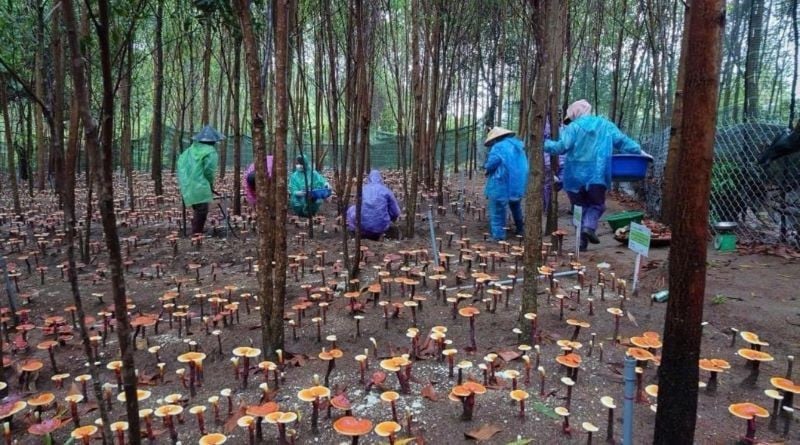
The Bahnar people in Ayun commune, Gia Lai province, have traditionally depended on subsistence agriculture and forestry exploitation, including the precious medicinal mushroom Ganoderma. However, in recent years, over-exploitation has caused a decline in mushroom resources, making people's incomes unstable.
After learning about this situation, Dr. Ha Thi Thu Hue, School of Interdisciplinary Sciences and Arts, (former Head of the Department of Wetlands and Islands Research, Institute of Natural Resources and Environment, Vietnam National University, Hanoi) developed a project to intercrop red-eared Ganoderma lucidum under the acacia canopy of the Kon Ka Kinh National Park buffer forest, helping to reduce the pressure of forest exploitation and create jobs, increasing income for local people. Dr. Ha Thi Thu Hue spent a lot of time surveying the terrain, working with local authorities and the Kon Ka Kinh National Park Management Board, proposing a model of growing Ganoderma lucidum under the acacia canopy.
Mr. Le Van Vinh, Deputy Director of Kon Ka Kinh National Park (Gia Lai) shared: "After listening to Dr. Hue's presentation, we found that this is a project suitable to the needs and local situation, a solution to create sustainable livelihoods, increase income for people, and well implement the national policy on economic development under the forest canopy."
The biggest advantage of red Ganoderma lucidum grown under the canopy of acacia forests is that it takes advantage of the existing forest land area of the people, without having to convert land use purposes or deforestation, reducing investment costs thanks to the available canopy, soil and humidity. This model creates a stable microbiological and humidity environment, limits the negative impact of harsh sunlight and dry monsoon winds, protects the soil and biodiversity because there is no need to clear or destroy vegetation. Growing Ganoderma lucidum under the canopy of acacia is also suitable for the farming practices of the Bahnar people, according to which people only need about an hour a day to take care of it, and is easy to combine with other production activities. In addition, the use of common local tree species also helps the model to be feasible and highly replicable.
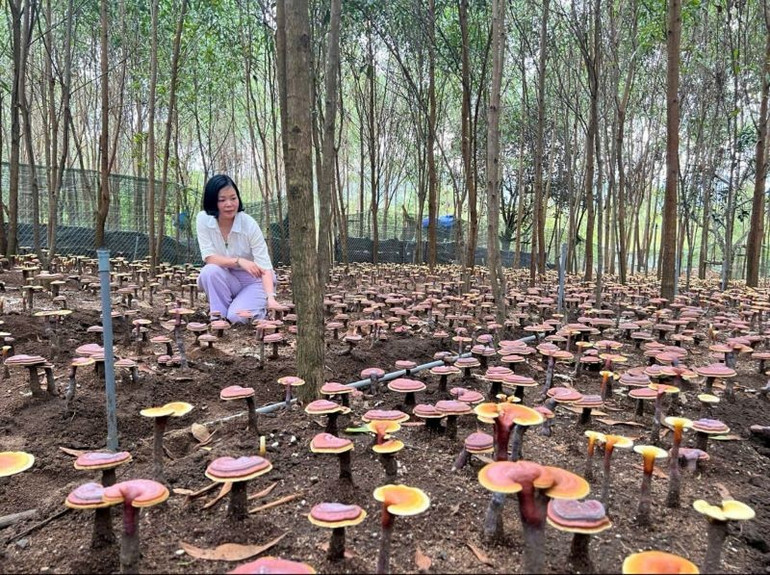
Project manager, Dr. Ha Thi Thu Hue, informed about the first harvest of the project. The mushroom growth rate reached 90-95% on an area of 550m² with 12,000 bags of spawn. With 3 harvests per year, the selling price of 250,000 VND/kg of fresh mushrooms, mushroom growers enjoy a profit after deducting costs of about 201 million VND/year, about 18-22 million VND/month. This figure exceeds the target of increasing income by 5% compared to the original plan set by the project. The harvested mushroom products meet formal standards and are committed to be purchased by a number of medicinal enterprises. Currently, there are over 20 households directly or indirectly participating in mushroom cultivation, of which 7 are core households, forming a cooperative group to actively operate, care for and harvest.
The model of growing Ganoderma mushrooms is evaluated to have high adaptability, reasonable investment costs, not too complicated techniques, short care time, easy to combine with other production. The model creates dual economic and environmental impacts: it both generates income, reduces pressure on exploiting natural mushrooms and protects biodiversity.
Mr. Le Van Vinh, Deputy Director of Kon Ka Kinh National Park, Gia Lai said: “The project has reduced the pressure of mushroom exploitation from natural forests, raised public awareness of conservation, incorporated the model into the local socio-economic development plan, strengthened cooperation between the community and the National Park and preserved the ecosystem under the forest canopy. Initially, the project experts transferred the technique of growing red lingzhi mushrooms under acacia canopy to the people quite successfully. The biggest concern of the people now is how to find an outlet for the product. We have also proposed a number of solutions on construction, promotion, research and contact with functional units to obtain OCOP product certification, making it easier for people to find markets to distribute products, increase income and improve their lives."
The next plan of the project will include: Perfecting the product, improving the quality; investing in technological equipment for pre-processing, drying, and packaging to meet standards; diversifying products such as dried mushrooms, powder, lingzhi tea, combining with local medicinal herbs. The brand will be associated with the image of Kon Ka Kinh National Park and Bahnar culture. In the domestic market, it will target medicinal herbs businesses, specialty stores and eco-tourism destinations, while the international market will target Japan and the EU, with the preparation of appropriate standards and certifications.
The brand “Kon Ka Kinh Ganoderma” promises to become a typical product of Gia Lai, contributing to the conservation of the Central Highlands forests for the future. This is a vivid example of the harmonious combination of science with the development of livelihoods to serve people, contributing to changing the community's mindset from exploitation to conservation of natural resources and protection of biodiversity.
Source: https://nhandan.vn/nha-khoa-hoc-phat-trien-du-an-trong-nam-duoi-tan-keo-tao-sinh-ke-cho-dong-bao-bahnar-post918162.html


![[Photo] Nhan Dan Newspaper displays and solicits comments on the Draft Documents of the 14th National Party Congress](https://vphoto.vietnam.vn/thumb/1200x675/vietnam/resource/IMAGE/2025/10/26/1761470328996_ndo_br_bao-long-171-8916-jpg.webp)


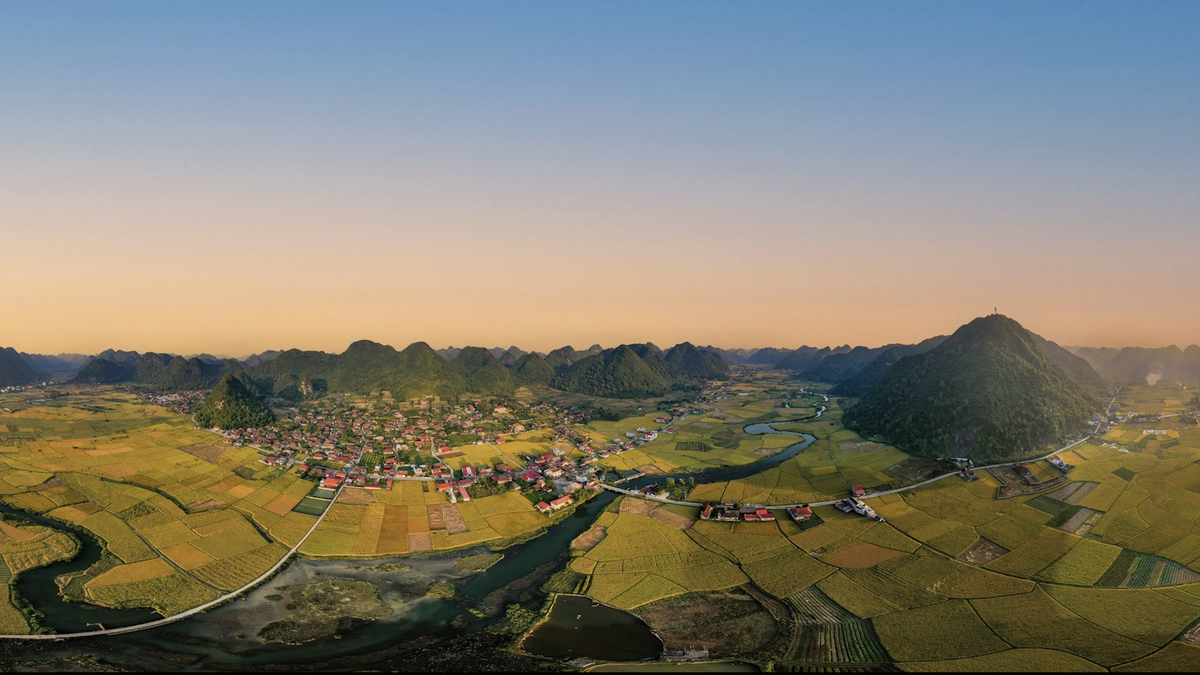




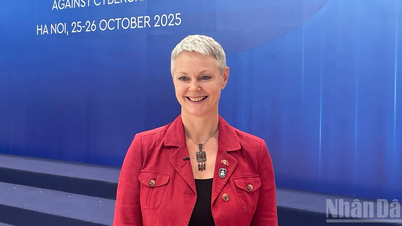

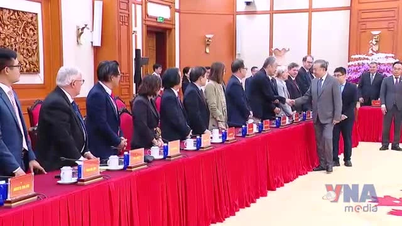


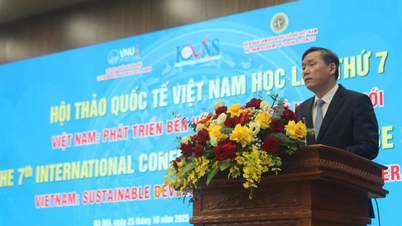




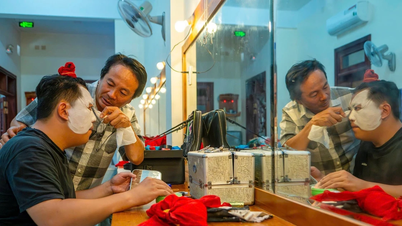
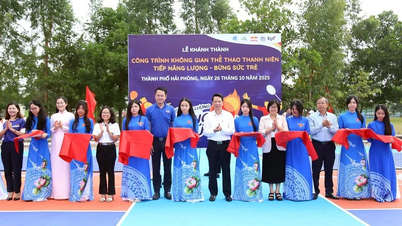

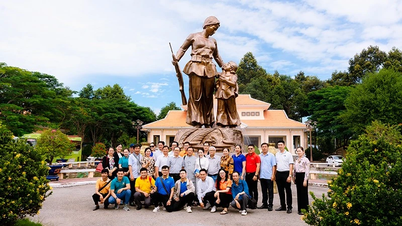

![[Video] Ensuring the early implementation of the Hanoi Convention](https://vphoto.vietnam.vn/thumb/402x226/vietnam/resource/IMAGE/2025/10/27/1761523445315_anh-cong-uoc-ha-noi-8962-jpg.webp)
![[Photo] General Secretary To Lam received the delegation attending the international conference on Vietnam studies](https://vphoto.vietnam.vn/thumb/1200x675/vietnam/resource/IMAGE/2025/10/26/1761456527874_a1-bnd-5260-7947-jpg.webp)
![[Photo] Enjoy the Liuyang Fireworks Festival in Hunan, China](https://vphoto.vietnam.vn/thumb/1200x675/vietnam/resource/IMAGE/2025/10/26/1761463428882_ndo_br_02-1-my-1-jpg.webp)
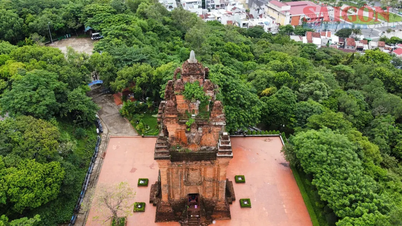



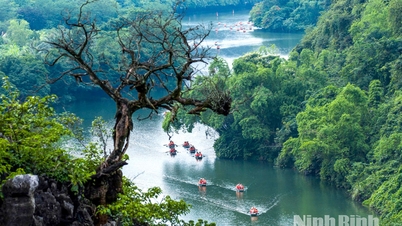












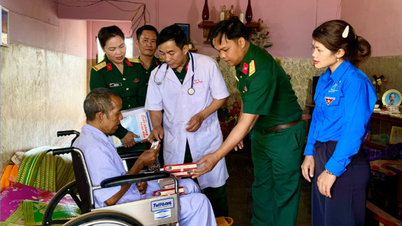



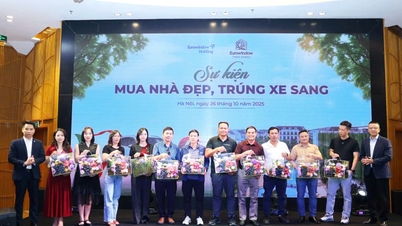























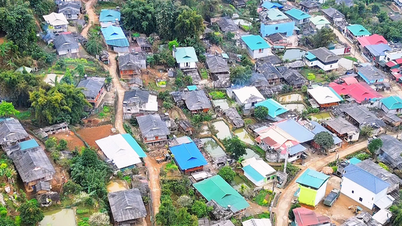
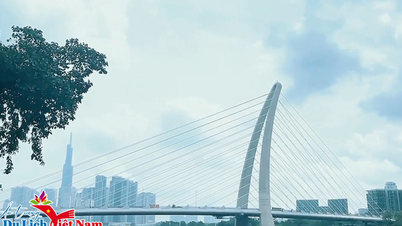

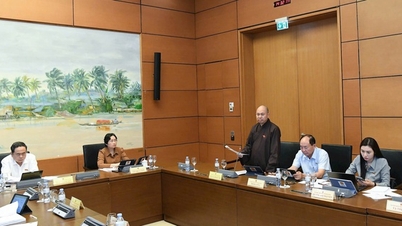

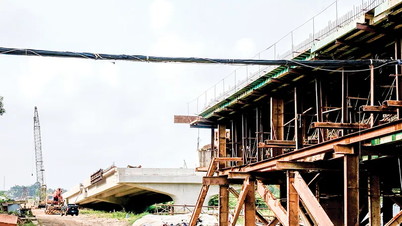

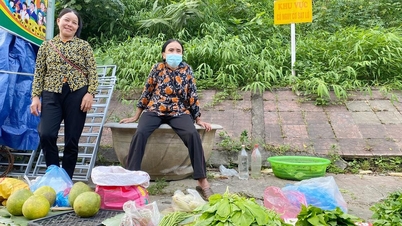

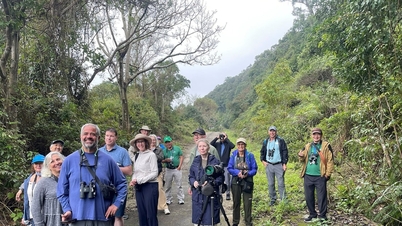

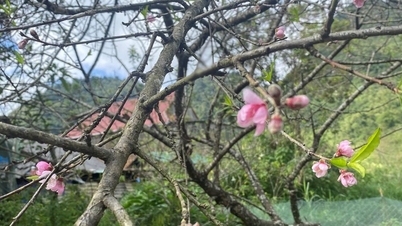


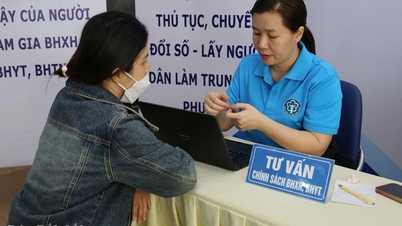














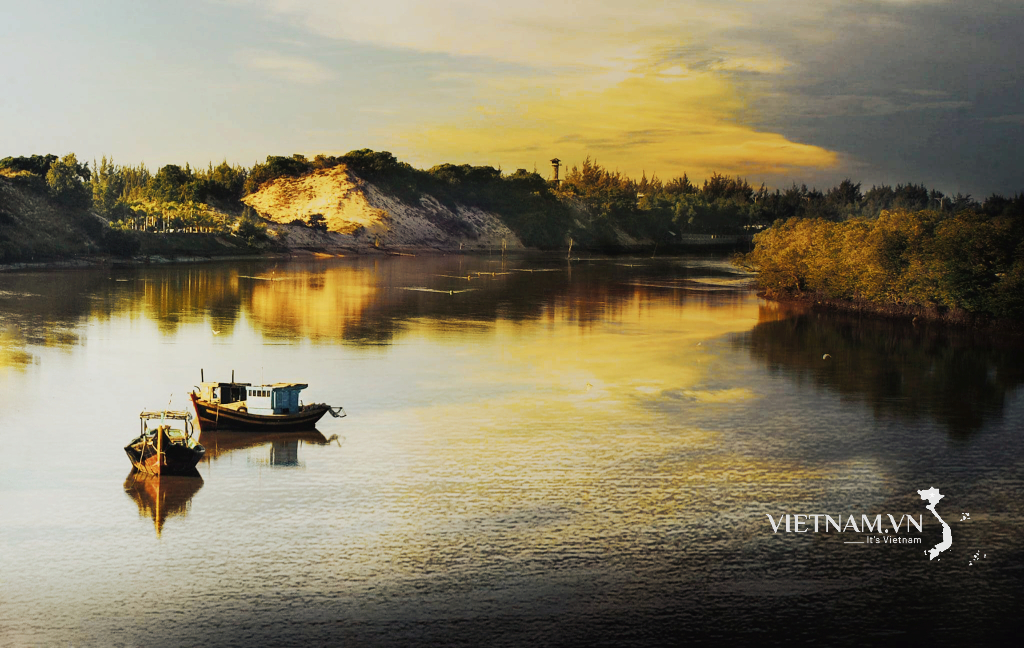

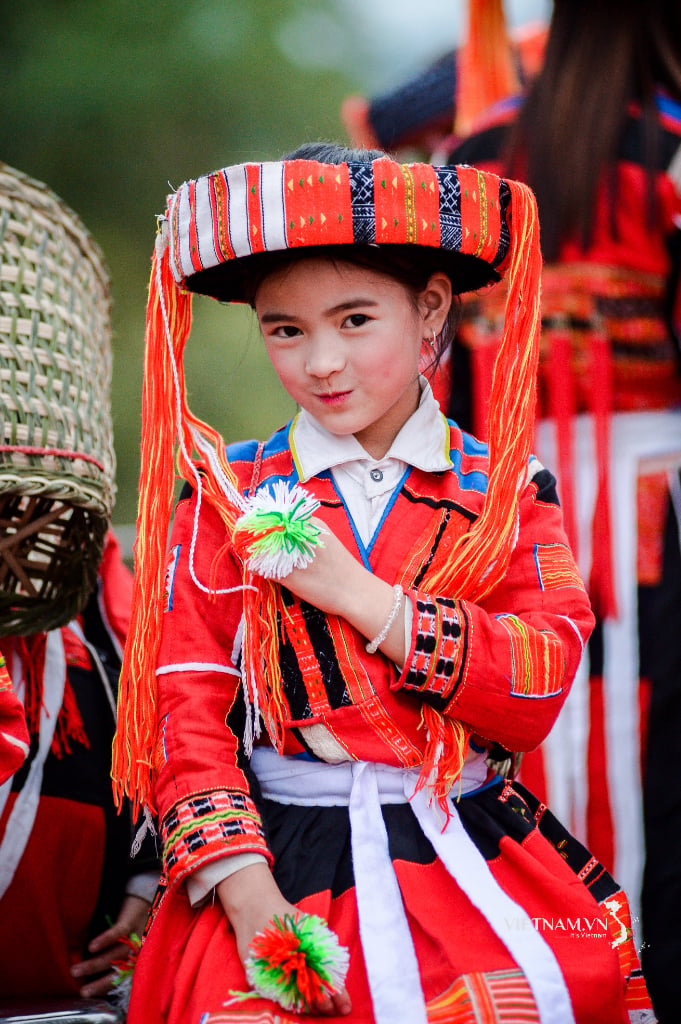
Comment (0)